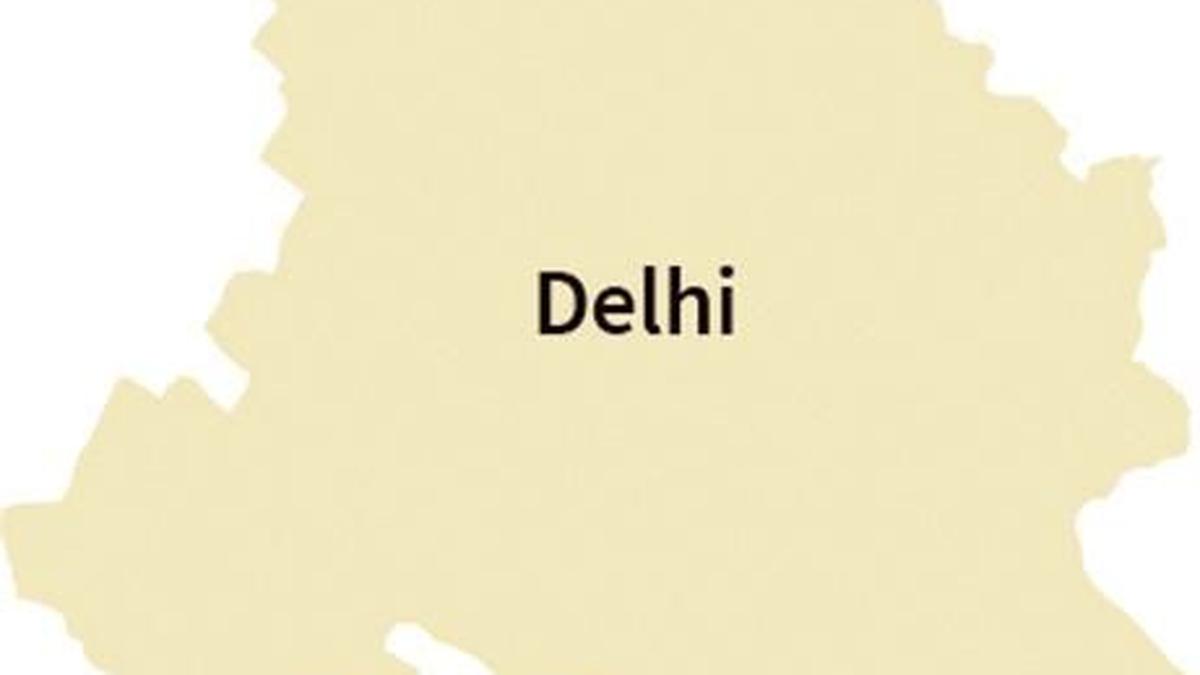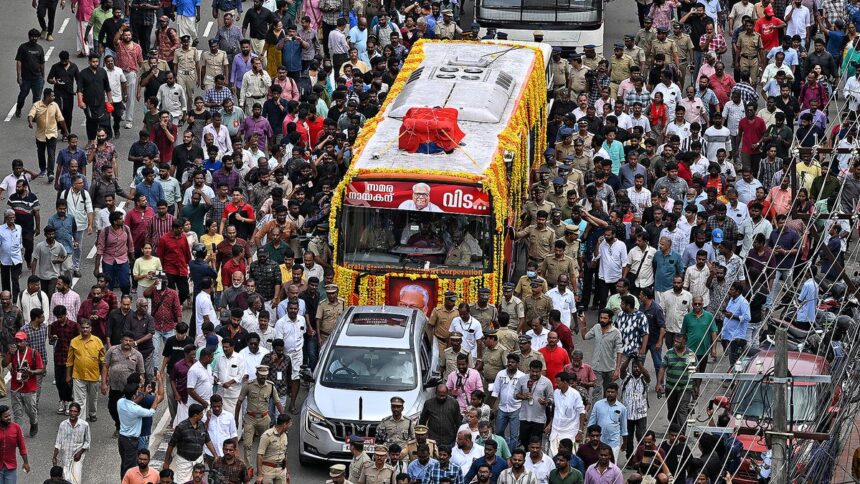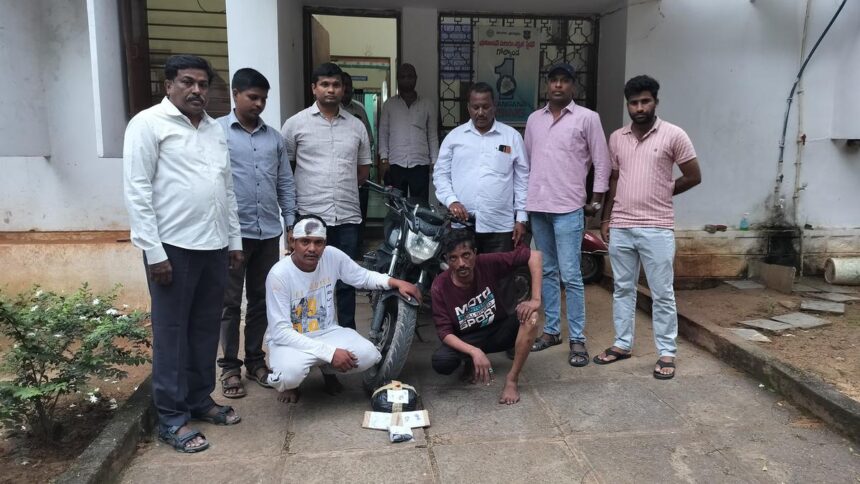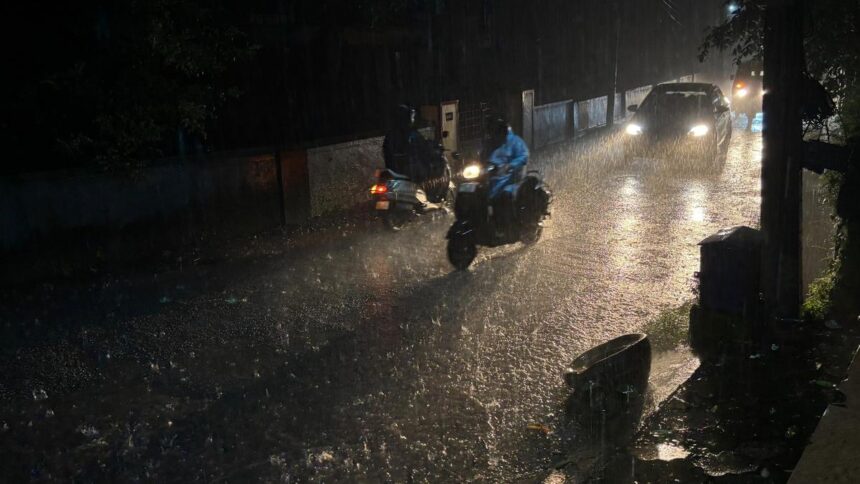July and August are prime months for Delhi to prepare for air pollution episodes in autumn and winter, which are now a defining feature of the National Capital Region (NCR). The electoral mandate this year has created a rare moment of political alignment across most States in the Delhi-NCR, opening the door for coordinated action on air quality.
Delhi’s air pollution stems from both local sources and emissions from neighbouring States. To achieve the National Ambient Air Quality Standards, emission reductions across the Indo-Gangetic Plain (IGP) are essential.
As the sources of air pollution are similar across the larger IGP airshed, the mitigation measures are also similar. These measures are enshrined in most city and State action plans, including scaling up the Pradhan Mantri Ujjwala Yojana to reduce household biomass burning, reducing emissions from freight movements across city boundaries, and using cleaner fuels and installing pollution control devices in industries.
However, implementation has lagged due to fragmented governance structures. For instance, multiple agencies manage Delhi’s roads — some under the Delhi government and others under the Centre. This makes coordinated action on road dust (responsible for PM10 emissions) difficult. As a result, while roads in areas such as Lutyens’ Delhi are well-maintained, many others remain neglected.
Similar issues persist across States. While the National Clean Air Programme notes the importance of regulating industrial fuels, not all States have a clearly defined fuel list. Pet coke, a high-emission fuel, is banned only in some States. Age limits for vehicles also differ, allowing older, more polluting vehicles to move freely across borders. Given the transboundary nature of pollution, the gains of one State are often undermined by inaction in another.
The need for regional coordination against transboundary pollution has been acknowledged globally. India is also a signatory to several agreements, including the Stockholm Declaration (1972), the Convention on Long-range Transboundary Air Pollution (1979, Geneva), the Rio Declaration (1992), and the Malé Declaration for South Asia (1998).
The Malé Declaration, in particular, urges South Asian countries to build a scientific base, formulate regional action plans, and enable joint interventions. However, in India, there is no legal mandate to support such efforts. Although the Supreme Court has routinely stepped in (e.g., by issuing subsidies for crop residue management machinery across States), most policy instruments have failed due to the lack of regional cooperation. For instance, while brick kilns within Delhi-NCR are mandated to shift to zig-zag technology, nearby districts still operate older kilns.
To manage transboundary pollution, India has a promising institutional framework under the Commission for Air Quality Management for National Capital Region and Adjoining Areas (CAQM). CAQM holds considerable overriding powers for implementing clean air strategies, yet its impact depends on how actively it can align state actions with regional targets.
The current political mandate aligning the Centre and most NCR States (Delhi, Rajasthan, Uttar Pradesh, and Haryana) presents the right opportunity. States can draw from the Malé Declaration’s tenets and collaboratively define emission standards and sectoral targets. Under the directive of CAQM and backed by Central funding, region-wide action could scale up mitigation measures.
The entire IGP should be treated as part of a larger airshed. As freight and buses ply freely across State borders, a regional strategy backed by political will is essential. Biomass burning in the residential sector generates more pollution than transport and needs stronger action across the entire airshed. Further, if all line departments issue directives based on a joint mandate from the States, these strategies could be streamlined. While this coordination has historically been challenging, the current electoral mandate can enable the States to promulgate achievable regional targets.
Now is the time to build on the momentum for clean air, not just in Delhi but across the IGP. The decisive mandate of February 2025 could make October 2025 more breathable.
Swagata Dey heads the Air Quality Policy and Outreach group at the Center for Study of Science, Technology and Policy
Published – July 24, 2025 01:25 am IST



















